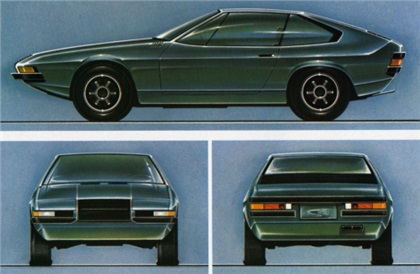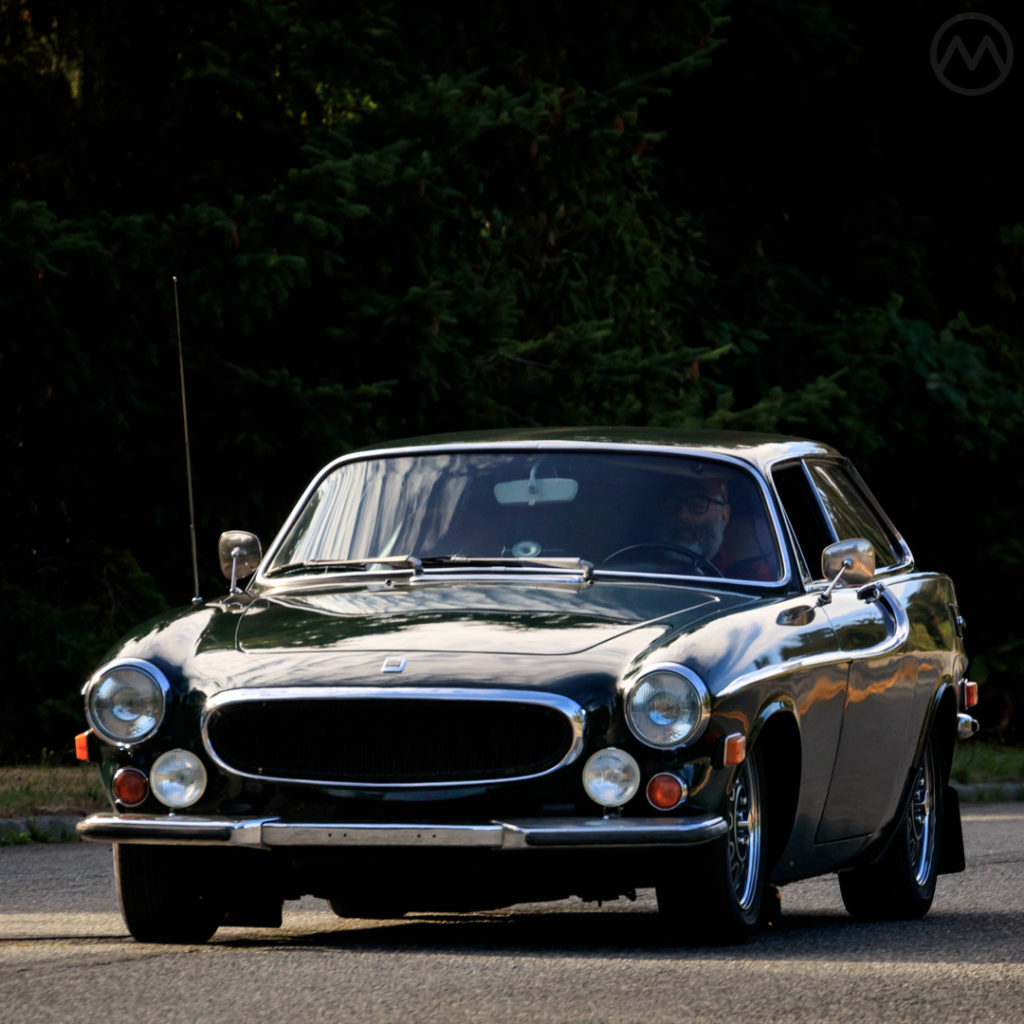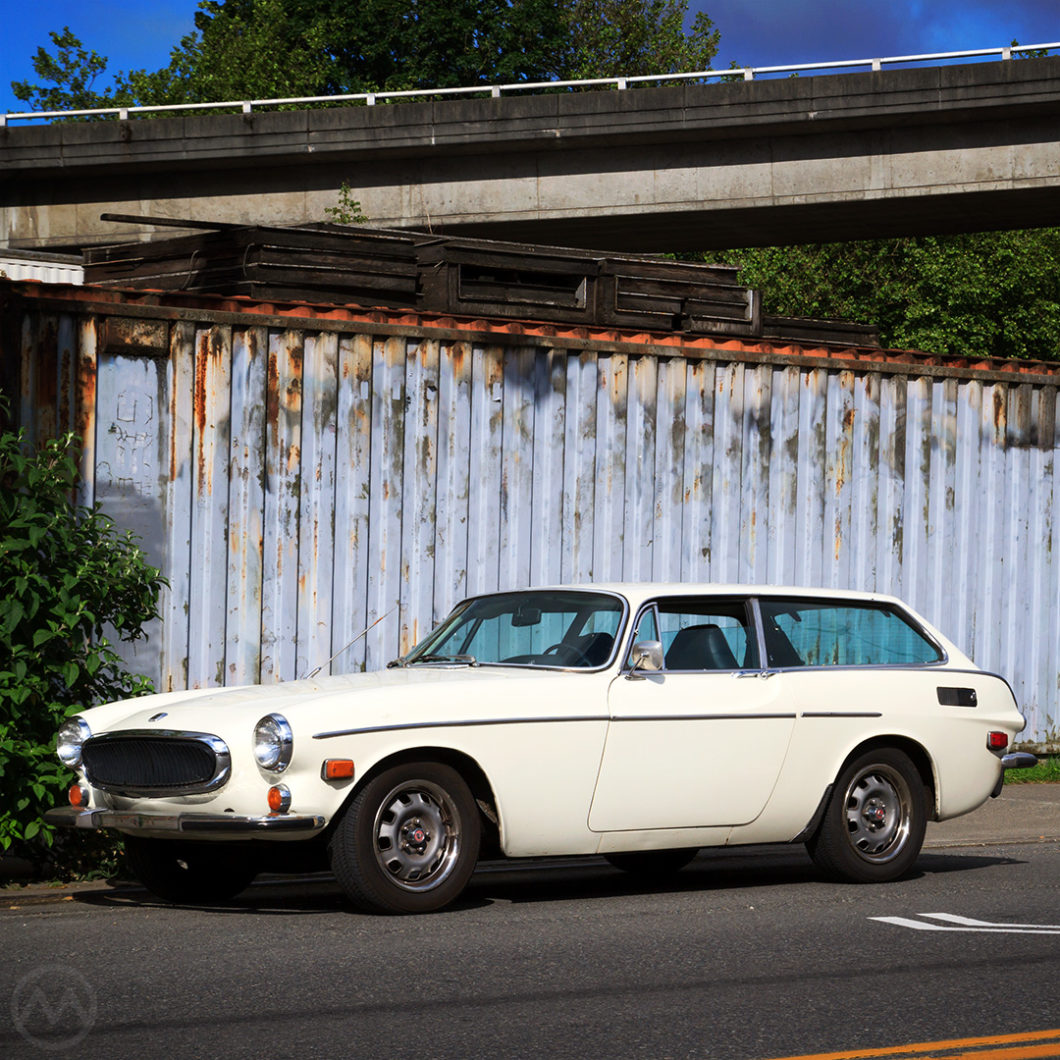The Volvo 1800 spent most of its life as the attractive coupe made famous by “The Saint,” but in a twist that could characterize only this car, 11 years into its life it got a wagon variant.
It’s rare that any car lasts 11 years now, let alone 13 like the 1800, and even rarer that a new body style is added to such an old car.
But the 1800 went through a protracted birth, in which the designer (Pelle Petterson) was not directly credited; the intended constructor (Karmann) did not build the car; and the factory that did get the contract to build it (Jensen) lost it just two years in; so the 1800’s life was already full of surprises.
Petterson’s styling was, unsurprisingly, heavily rooted in Ghia products of the fifties. He began working at Ghia in 1957 fresh out of the Pratt Institute in New York, but the car was officially labeled a Frua creation by Volvo chief Gunnar Engellau and Ghia chief Luigi Segre.
Blind Taste Test
Ghia had bought Pietro Frua’s original company in 1957, with Frua remaining as head of design for a time. Five ideas were pitched by teams at the recently combined Ghia and Frua, including one from the just-arrived Petterson. His design blended elements of Frua’s earlier designs and Ghia’s “Supersonic” look to excellent effect, and Engellau chose his design from the set of proposals.
Engellau likely did not know who had penned the design, but he was not happy when Ghia’s Luigi Segre told him. Pelle was the son of Volvo engineer Helmer Petterson, who had helped him secure a position at Ghia, and Engellau was keen to avoid the appearance of favoritism. Volvo did not acknowledge the connection for decades.
Regardless of its origins, the circa-1958 1800 aged well and still looked good a decade later. It became the injected, four-wheel disc-braked 1800E in 1970, but it was more expensive than a 240Z and starting to feel its age.
Volvo had been casting around for ways to update it since 1967, when a proposal to shoehorn in the 164’s straight six was canned as being too expensive. There was also an abortive project to design a whole new replacement, the P172, based on the 164 but prohibitively expensive to build. The 1800 was always built in lower volumes than any other Volvo and that made the economic argument for major changes a tough one.

In 1969, Volvo tapped Coggiola to design a successor – which became the Volvo 1800ESC. The ESC looked a little like a cross between an Iso Lele and Mk1 Volkswagen Scirocco – it would have been stunningly modern for Volvo and it got a warm reception at the 1971 Paris show (where it was displayed as the Volvo Viking 2+2). But this, too, was deemed too costly given the 1800’s low volume (3-4K units a year).
Making it into a Wagon
A cheaper solution was to turn the car into a “shooting brake” not unlike the Reliant Scimitar GTE of 1968, designed by Tom Karen of Ogle. The Scimitar GTE may or may not have been an inspiration – supposedly the wagon suggestion came from Volvo engineer Tor Berthelius, who wanted a version to carry golf clubs.
Requiring minimal retooling, the 1800 became the 1800ES, and the new wagon, with its glass tailgate, debuted for 1972. This proved to be a genius move. The wagon looked fresh and new, even though most of the car was the same (which kept tooling costs low), it was now more practical and arguably had a broader appeal – though it was less overtly a sports car.
It was not cheap – over $5,100 in the U.S., as much as an Oldsmobile 98 in 1972, but it did very well – handily outselling the coupe and setting a one-year 1800 production record for in 1973 (5,007 units).

Incidentally, there had been two proposals for what the shooting brake would look like – the one which got built, and one with a more futuristic Kamm-tail (the Raketen or “rocket”). This car was built by Frua’s newer firm (established after he left Ghia), while the prototype of what would be the final car was built by Coggiola.
Volvo’s original idea proved more than sufficient and the 1800ES did well – but only for a short while until circumstances changed.
New U.S. bumper regulations – slated for the 1974 model year – were going to require structural changes to the now 13-year-old car. Volvo balked at the cost of reworking the old 1800 one more time, and so production ended for good on June 27, 1973. 8,078 ES’s were made.

